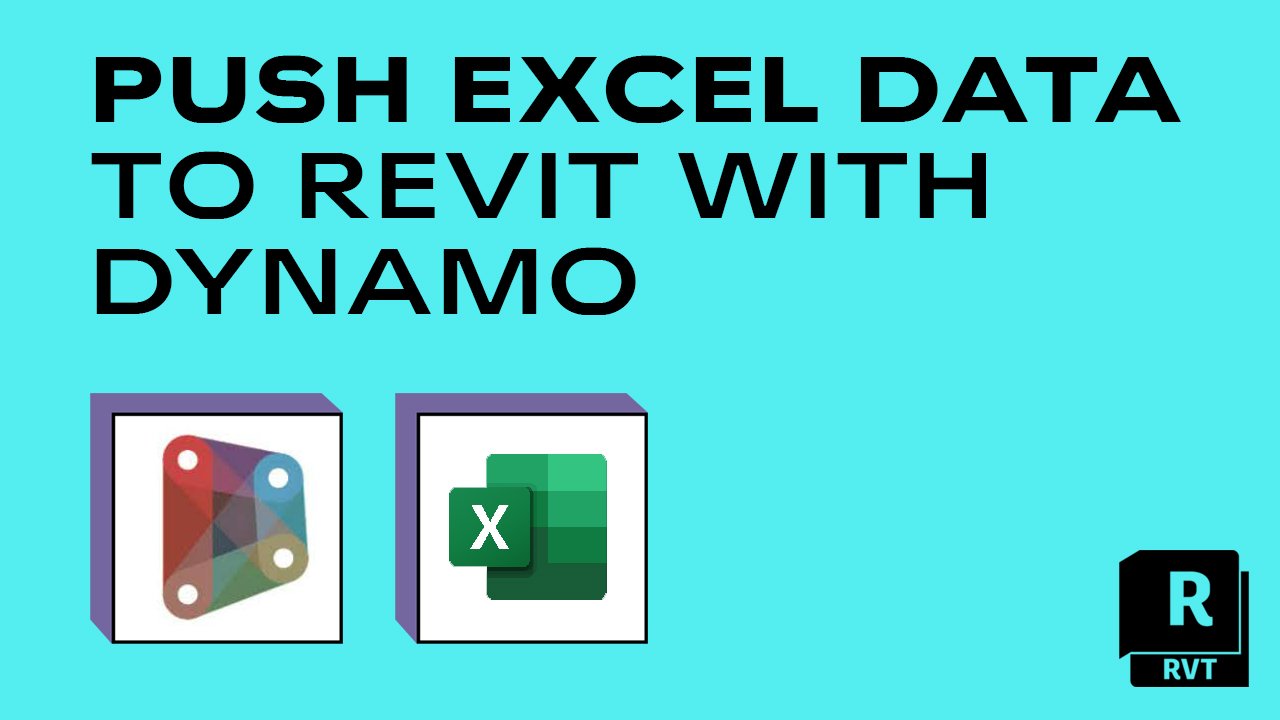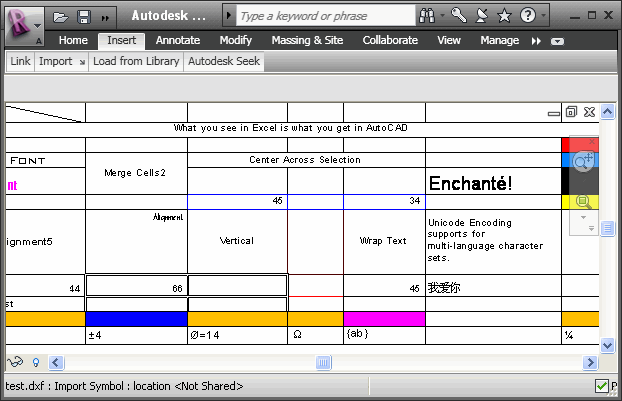Revit Tools for every single Job: Your Ultimate Design Buddy
Wiki Article
Excel-to-Revit: A Game-Changing Workflow for Architectural Style - Introducing the Tricks
Presenting excel-to-revit, the game-changing process that will transform your layout procedure. With excel-to-revit assimilation, you can improve your building design, unlock performance, and take full advantage of cooperation within your group. Obtain prepared to take your building design to the following level with excel-to-revit!The Power of Excel-to-Revit Integration

Envision the benefit of being able to update and modify job information in Excel, and instantaneously see those changes shown in your Revit version. Say goodbye to hands-on information entry or laborious updates. With Excel-to-Revit integration, you can save time and decrease errors by leveraging the power of Excel's features and solutions to instantly create exact data in Revit.
Not only does this assimilation enhance performance, but it likewise enhances cooperation amongst employee. You can easily share Excel documents with colleagues, that can after that import the data right into their Revit models. This promotes a smooth exchange of information and guarantees that everybody is working with one of the most updated data.

Simplifying Architectural Layout With Excel-To-Revit
Simplifying building layout is made easier with making use of Excel-to-Revit (revit tool). With this powerful combination, you can enhance your process and conserve useful time throughout the layout process. By leveraging the capacities of Excel and Revit, you can effortlessly move information in between both systems, getting rid of the requirement for hands-on information access and lowering the danger of errorsExcel-to-Revit permits you to import and export information effortlessly, allowing you to quickly upgrade and modify your architectural designs. You can create routines, compute quantities, and generate records in Excel, and afterwards transfer that data straight into your Revit design. This integration ensures that your layout details is constantly updated and integrated, getting rid of the need for hands-on updates and lowering the opportunities of disparities.
By utilizing Excel-to-Revit, you can additionally make use of the powerful computational capabilities of Excel. You can do complex estimations, assess information, and automate repetitive tasks, all within Excel. With simply a couple of clicks, you can import the outcomes back into Revit, permitting you to make enlightened design choices and maximize your architectural styles.
Unlocking Effectiveness: Discovering the Excel-to-Revit Operations
Maximize your performance by perfectly incorporating Excel and Revit for a more effective workflow. With the Excel-to-Revit operations, you can open a whole new degree of efficiency in your architectural layout procedure. By utilizing the power of Excel's information monitoring capabilities and incorporating it with the adaptability and precision of Revit, you can enhance your design process and save beneficial time.One of the key advantages of this integration is the ability to import and export data between Excel and Revit. This implies that you can quickly move project details, such as room routines or material click here for more info quantities, from one software to the various other, getting rid of the requirement for manual information entrance and decreasing the possibilities of errors. You can also develop custom-made formulas and estimations in Excel to automate repeated jobs and execute complicated estimations, which can then be seamlessly integrated right into your Revit designs.
Additionally, the Excel-to-Revit process allows for far better sychronisation and partnership in between staff member. With Excel acting as a main information hub, numerous team members can work with various facets of the job concurrently, upgrading and sharing info in real-time. This not just enhances interaction but likewise ensures that everybody is dealing with one of the most up-to-date data, eliminating the risk of variances.
Making The Most Of Partnership: Excel-to-Revit for Architectural Teams
By flawlessly integrating Excel and Revit, architectural groups can considerably boost partnership and attain more effective style outcomes. When using this effective operations, you can conveniently move information between Excel spreadsheets and Revit designs, enhancing the style procedure and boosting interaction among group participants.Furthermore, by leveraging Excel's powerful computation capacities, you can execute complex computations and analysis on your design data, driving and offering beneficial insights informed decision-making. This combination additionally allows you to export information from Revit to Excel, allowing you to produce extensive records, graphes, and graphs for presentations and analysis. This collective operations advertises reliable interaction and coordination amongst staff member, as Excel serves as a central center for information management and sharing.
Total, by embracing the Excel-to-Revit operations, architectural teams can achieve greater levels of cooperation, efficiency, and accuracy in their layout procedure. revit plugins. This integration encourages teams to interact seamlessly, guaranteeing that every person gets on the exact same web page and adding to the success of the job
Introducing the Secrets of Excel-to-Revit Assimilation

One of the secrets of Excel-to-Revit integration is the ability to take advantage of the power of formulas and calculations in Excel to drive criteria and create complicated geometries in Revit. You can connect view website Excel spreadsheets to Revit families, enabling you to input data straight into the spread sheet and have it automatically update in the Revit version. This streamlines the style process and guarantees accuracy and consistency throughout the task.
One more secret is the capability to produce customized schedules and reports in Excel, using information removed from Revit. This permits you to picture and examine job info in a way that is not possible within Revit alone. You can quickly create quantity liftoffs, cost quotes, and job timelines, offering beneficial understandings for decision-making and job monitoring.
Additionally, Excel-to-Revit assimilation allows reliable partnership among team participants. Multiple users can work on the very same Excel spreadsheet at the same time, making it less complicated to work with and track changes. You can additionally utilize Excel's commenting feature to supply feedback or interact design alterations.
Conclusion
By integrating the power of Excel and Revit, designers can now work extra efficiently, save time, and create far better styles. Beginning integrating excel-to-revit integration right into your building layout process today and transform the way you work.With just a couple of clicks, you can import the results back right into Revit, enabling you to make informed style choices and optimize your building styles.
By making use of the power of Excel's information monitoring abilities and incorporating it with the adaptability and precision of Revit, you can streamline your style process and save important time.
By effortlessly incorporating Excel and Revit, building groups can greatly enhance collaboration and accomplish a lot more reliable design end results. When using this effective workflow, you can easily move data between Excel spreadsheets and Revit versions, simplifying the layout procedure and boosting interaction amongst team members.In addition, by leveraging Excel's powerful calculation capacities, you can perform complicated computations and analysis on your layout data, driving and giving beneficial insights educated decision-making.
Report this wiki page